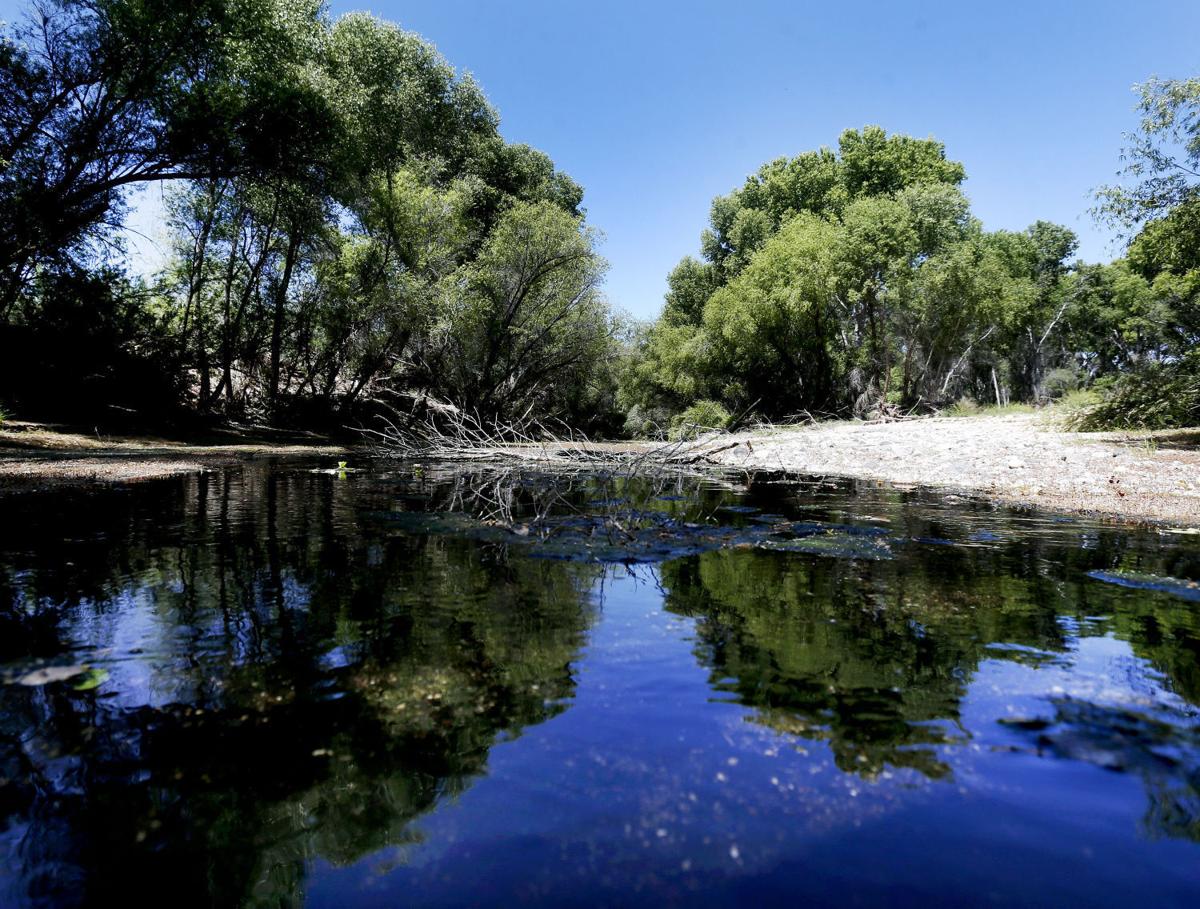A new study offers an additional warning for the troubled San Pedro River: Recharge of rainfall runoff into its underlying aquifer will diminish over the next century due to climate change.
“I think a reasonable person would say a 20 to 30 percent change is the best estimate” for the upper San Pedro near Sierra Vista, said Thomas Meixner, a University of Arizona hydrology professor and the study’s lead author.
The study, published online recently by the Journal of Hydrology, found that groundwater recharge in the San Pedro will decline faster than in any of seven other Western groundwater basins that it analyzed.
Recharge — which can come from runoff from rainfall, mountain snowmelt and other factors — is the lifeblood of aquifers, which supply 25 percent of all freshwater used in the United States. In the San Pedro River area, groundwater is the only source of drinking water for neighboring residents of cities such as Sierra Vista and Benson.
In general, the study said, climate-forecasting computer models predict that wet regions will become wetter and dry regions will become drier. That means the Southwest is expected to become drier and hotter.
Overall, the study concluded that recharge will decline in the next century in four Southwestern-area basins and will either see no change or a slight increase in four others farther north.
Generally, the study examined other researchers’ existing studies of climate change’s impacts on recharge in the groundwater basins, including the San Pedro. It used those results to try to forecast what might happen to recharge in areas lying in between those basins, Meixner said.
The reasons for the predicted decline in recharge in the Southwest include expected continued warming weather, resulting in a shift from snow to rain during winter and early spring, the study said. That in turn leads to declining snowpack, a major source of recharge. Hotter weather also causes more evaporation of surface runoff and transpiration of runoff by plants.
In addition, winter precipitation in general is expected to decline in this region, and that is its major source of recharge, Meixner said.
“In the long term, pumping (of groundwater from an aquifer) must equal recharge. You can get there through slow social adjustment. You could slowly decrease water withdrawal by conservation and efficiency,” Meixner said. “Or you can hit bottom and have farm abandonment and dry wells.
“It’s a social decision as to who gets the water,” he said. “The southern regions of the Western U.S. must be prepared to adapt to a much drier future.”
The upper San Pedro basin, near Sierra Vista, has long had a groundwater deficit that is caused by more water being withdrawn from the aquifer than nature puts back in. The deficit has shrunk somewhat in the past decade due to a host of mitigation measures by local governments and other groups.
But the deficit remained at 5,100 acre-feet in the U.S. Geological Survey’s most recent estimate, in 2011. If the new study’s forecasts are accurate, that deficit will increase over time, said Meixner.
He was one of 17 researchers who collaborated on the study, among them UA’s Christopher Castro, an associate professor of atmospheric sciences.





